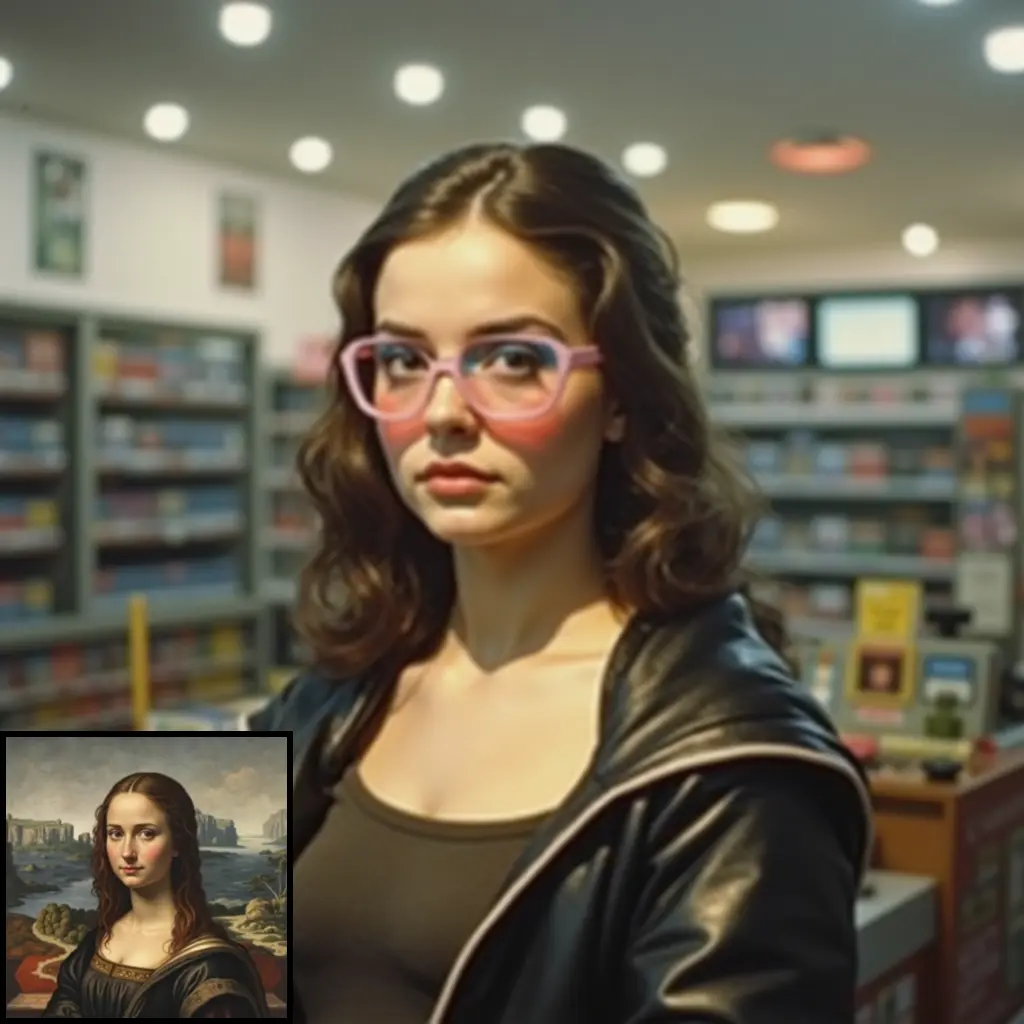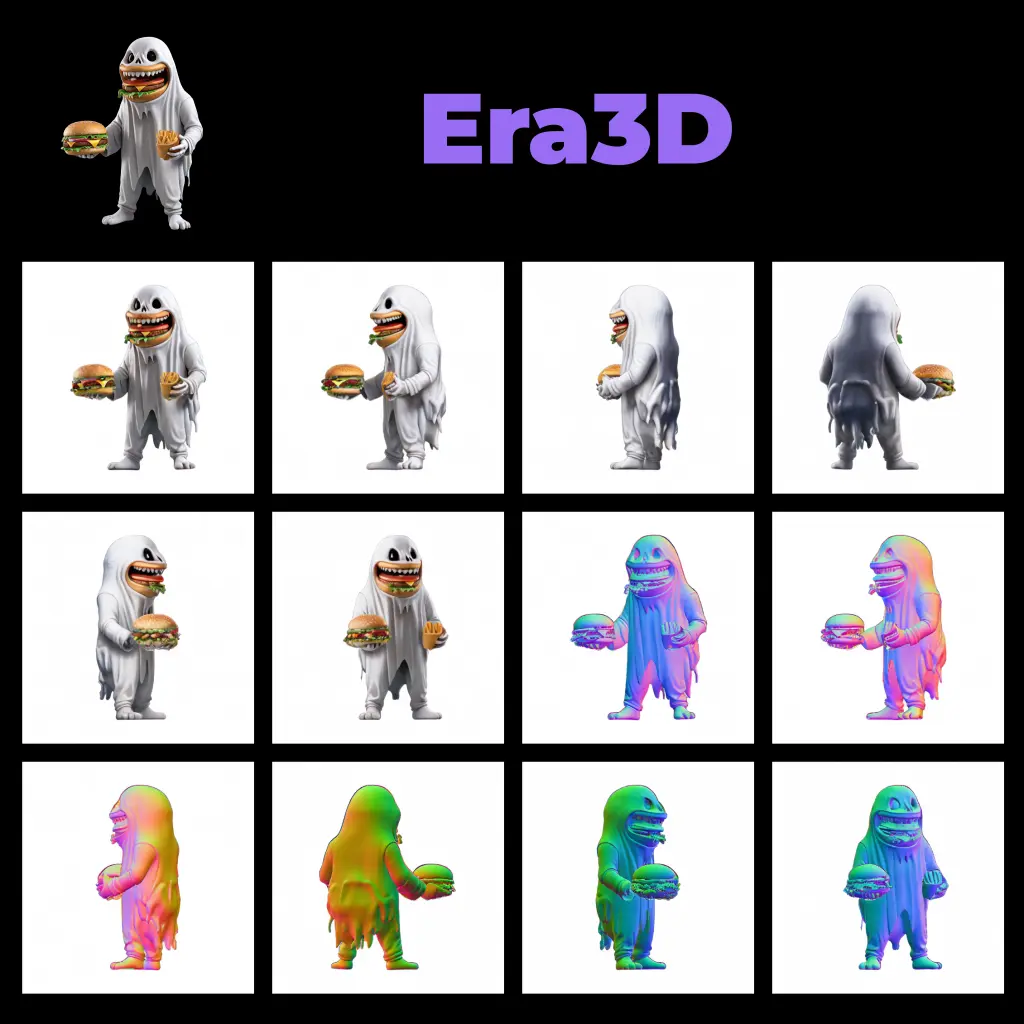ComfyUI Node: Load Scratch Mask Model
BOPBTL_LoadScratchMaskModel
CategoryNone
cdb-boop (Account age: 1489days) Extension
ComfyUI Bringing Old Photos Back to Life Latest Updated
2024-09-12 Github Stars
0.43K
How to Install ComfyUI Bringing Old Photos Back to Life
Install this extension via the ComfyUI Manager by searching for ComfyUI Bringing Old Photos Back to Life- 1. Click the Manager button in the main menu
- 2. Select Custom Nodes Manager button
- 3. Enter ComfyUI Bringing Old Photos Back to Life in the search bar
Visit ComfyUI Online for ready-to-use ComfyUI environment
- Free trial available
- 16GB VRAM to 80GB VRAM GPU machines
- 400+ preloaded models/nodes
- Freedom to upload custom models/nodes
- 200+ ready-to-run workflows
- 100% private workspace with up to 200GB storage
- Dedicated Support
Load Scratch Mask Model Description
Load pre-trained scratch detection model for photo restoration workflow automation.
Load Scratch Mask Model:
The BOPBTL_LoadScratchMaskModel node is designed to load a pre-trained model specifically for detecting scratches in old photos. This node is a crucial part of the photo restoration process, as it provides the necessary model to identify and mask scratches, which can then be repaired or enhanced using other nodes in the workflow. By loading the scratch detection model, this node enables you to automate the process of identifying damaged areas in photographs, making it easier to restore and enhance old images with minimal manual intervention. The primary goal of this node is to streamline the initial step of photo restoration by providing a reliable and efficient way to load the scratch detection model.
Load Scratch Mask Model Input Parameters:
scratch_model
The scratch_model parameter specifies the name of the pre-trained scratch detection model that you want to load. This parameter is essential as it determines which model will be used to detect scratches in the images. The available options for this parameter are the filenames of the models stored in the "checkpoints" directory. Selecting the appropriate model can significantly impact the accuracy and effectiveness of the scratch detection process. There are no minimum or maximum values for this parameter, but it must be a valid filename from the specified directory.
Load Scratch Mask Model Output Parameters:
scratch_model
The scratch_model output parameter provides the loaded scratch detection model. This model is used in subsequent nodes to detect and mask scratches in old photos. The output is crucial for the photo restoration workflow, as it serves as the foundation for identifying damaged areas that need to be repaired. The loaded model is returned as a tuple containing the model object, which can then be passed to other nodes for further processing.
Load Scratch Mask Model Usage Tips:
- Ensure that the
scratch_modelparameter is set to a valid filename from the "checkpoints" directory to avoid errors during model loading. - Use this node as the first step in your photo restoration workflow to load the scratch detection model before proceeding to scratch detection and repair nodes.
- Regularly update your scratch detection models to benefit from the latest improvements and enhancements in scratch detection algorithms.
Load Scratch Mask Model Common Errors and Solutions:
Invalid model path
- Explanation: The specified
scratch_modelfilename does not exist in the "checkpoints" directory. - Solution: Verify that the filename is correct and that the model file is present in the "checkpoints" directory.
Model loading failure
- Explanation: The model could not be loaded due to compatibility issues or corrupted files.
- Solution: Ensure that the model file is not corrupted and is compatible with the current version of the software. Try re-downloading or updating the model file if necessary.
Device allocation error
- Explanation: The model could not be allocated to the specified device (e.g., GPU or CPU).
- Solution: Check the device settings and ensure that the specified device is available and has sufficient resources to load the model. Adjust the device settings if needed.
Load Scratch Mask Model Related Nodes
RunComfy is the premier ComfyUI platform, offering ComfyUI online environment and services, along with ComfyUI workflows featuring stunning visuals. RunComfy also provides AI Playground, enabling artists to harness the latest AI tools to create incredible art.



